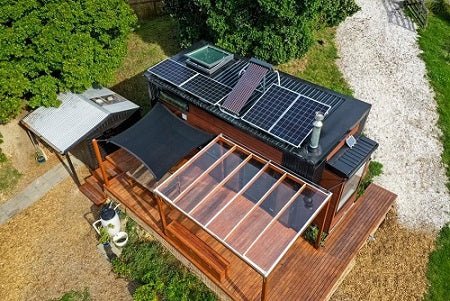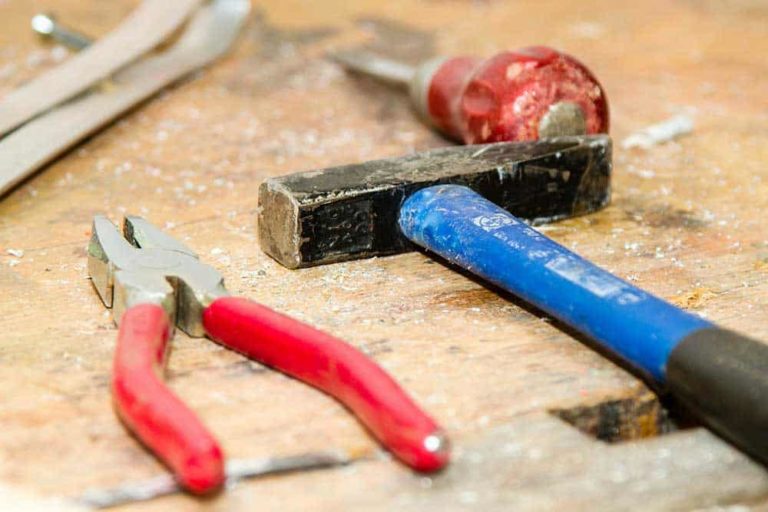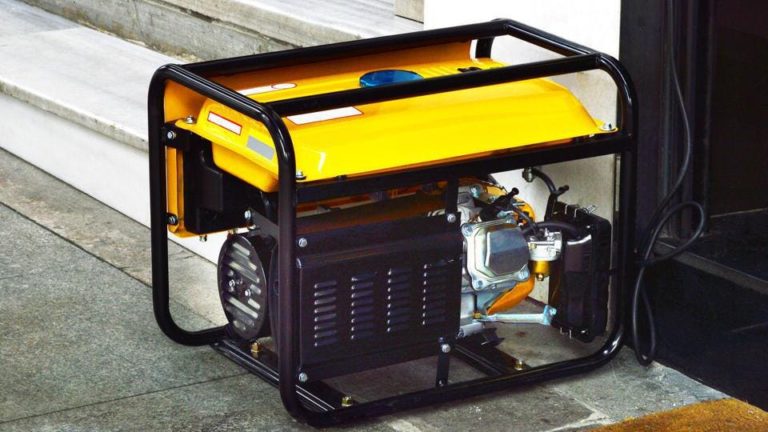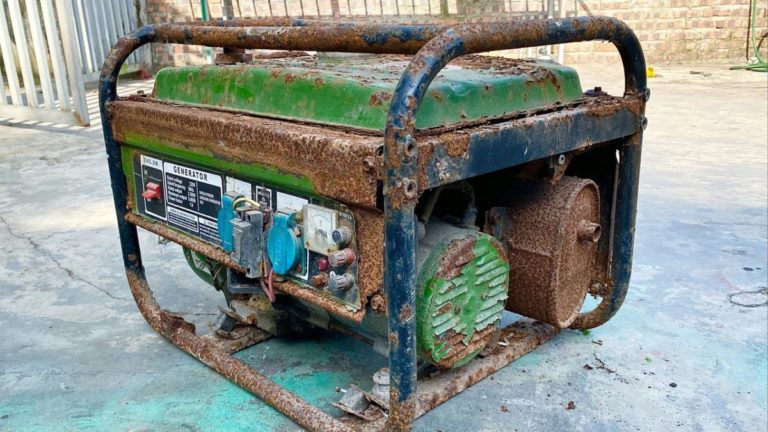Off-grid living is often romanticized as a self-sufficient and eco-friendly lifestyle that allows individuals to disconnect from the grid and live in harmony with nature.
However, while off-grid living can be an appealing option for those looking to reduce their carbon footprint and depend on renewable energy sources, it is not without its costs.
In this breakdown, we’ll take a comprehensive look at the true cost of off-grid living, including the upfront expenses, maintenance requirements, and long-term sustainability considerations that potential off-gridders should be aware of before making the leap.
Land and Site Preparation
Purchasing or leasing land and preparing it for off-grid living can be a significant upfront cost. This may include clearing and grading the land, installing a driveway and utility infrastructure, and building a foundation for your home. Cost
The cost will depend on the size and location of the land, as well as the specific preparations needed to make the site suitable for building.
This may include clearing and grading the land to remove any debris, trees, or uneven terrain, and installing a driveway and utility infrastructure such as power, water, and sewage systems.
You may need to build a foundation for your home, which can add to the overall cost.
According to HomesOffGrid.com, the cost of land and site preparation can range from $5,000 to $20,000 or more, depending on the specific requirements of your site and the size of your home.
It’s important to note that these costs are just for preparing the land and site, and do not include the cost of building the home itself.
However, by carefully considering your land and site preparation costs, you can ensure that your off-grid home is built on a solid foundation, both literally and figuratively.
Home Construction
Building an off-grid home can be more expensive than a traditional home due to the need for specialized materials and equipment. This may include using recycled or locally-sourced materials, installing solar panels and wind turbines, and incorporating energy-efficient features. Cost
Building an off-grid home can be a significant investment, as it requires specialized materials and equipment to ensure energy efficiency and self-sufficiency.
The cost of building an off-grid home can range from $15,000 to $50,000 or more, depending on the size of the home, the location, and the level of self-sufficiency you desire.
For example, using recycled or locally-sourced materials can add to the cost of construction, as can the installation of solar panels and wind turbines to provide power and heat.
Incorporating energy-efficient features such as insulation, triple-glazed windows, and a heat recovery ventilation system can also increase the cost.
However, these investments can pay for themselves over time through reduced energy bills and increased property value.
It’s important to note that the cost of building an off-grid home can vary widely depending on the specific features and materials you choose.
For example, using passive solar design and materials can reduce the cost of heating and cooling, while incorporating rainwater harvesting and graywater systems can also save money on water bills.
Building an off-grid home in a rural area may be more affordable than building in a metropolitan area, where land and labor costs may be higher.
Overall, the cost of building an off-grid home is a complex and multifaceted question, and it’s important to carefully consider your priorities and budget before starting construction.
However, with careful planning and research, it’s possible to build a high-quality, off-grid home that meets your needs and budget.
The text discusses the cost of building an off-grid home and how it can be more expensive than a traditional home due to the use of specialized materials and equipment.
However, these investments can pay for themselves over time through reduced energy bills and increased property value.
The cost of building an off-grid home can vary widely depending on the specific features and materials used, and building in a rural area may be more affordable.
It is important to carefully consider priorities and budget before starting construction.
However, with careful planning and research, it is possible to build a high-quality, off-grid home that meets your needs and budget.
Solar and Wind Energy
While renewable energy sources like solar and wind can provide independence from the grid, the initial investment can be costly. Solar panels can range from $2.50 to $3.50 per watt, and wind turbines can range from $1,500 to $3,000 per kilowatt. Cost
Solar and Wind Energy: While renewable energy sources like solar and wind can provide independence from the grid, the initial investment can be costly.
Solar panels can range from $2.50 to $3.50 per watt, and wind turbines can range from $1,500 to $3,000 per kilowatt.
These costs can quickly add up, with the total expense for a complete solar or wind system ranging from $5,000 to $20,000 or more, depending on the size of the system and the specific components chosen.
The cost of installation, maintenance, and repair must also be factored into the overall budget.
However, with the right combination of incentives, financing options, and careful planning, going off the grid with solar or wind energy can be a rewarding and cost-effective choice for those willing to invest in their own energy independence.
Water and Waste Management
Off-grid living often requires a reliable water source and waste management system. This may include installing a well or rainwater harvesting system, and investing in a composting toilet or septic system. Cost
Water and Waste Management are important components of off-grid living.
A reliable water source is essential for daily needs, and rainwater harvesting systems or wells can provide a sustainable solution.
However, the cost of installing a well or rainwater harvesting system can range from $2,000 to $10,000 or more, depending on the location, water table depth, and system complexity.
A composting toilet or septic system is necessary for waste management, which can cost between $2,000 to $5,000 or more, depending on the system size and complexity.
It is important to consider the cost and maintenance requirements of these systems when deciding to live off the grid, as they can have a significant impact on your budget and lifestyle.
Food Production
Off-grid living often involves producing some or all of your own food. This may include investing in gardening tools and equipment, and building a greenhouse or hoop house for year-round growing. Cost
Food production is a important aspect of off-grid living, and it can be a rewarding and cost-effective way to provide for your family’s nutritional needs.
To get started with food production, you may need to invest in some basic gardening tools and equipment, such as a shovel, trowel, and watering can.
Depending on the size of your property and your family’s dietary requirements, you may also consider building a greenhouse or hoop house to extend the growing season and cultivate a variety of crops.
These structures can range in cost from $500 to $5,000 or more, depending on their size and features.
You may need to purchase seeds, fertilizers, and other gardening supplies to maintain your crops.
However, with proper planning and management, you can grow a significant portion of your own food and save money on grocery bills.
In fact, a study by the National Gardening Association found that households that engage in gardening save an average of $700 per year on food costs.
Over time, these savings can add up and offset the initial costs of setting up your off-grid food production system.
Transportation
Off-grid living may limit your access to public transportation, so you may need to invest in a vehicle for transportation. Cost
Transportation: One of the significant challenges of off-grid living is limited access to public transportation.
Many off-grid communities are located in remote areas, making it difficult to rely on public transportation for daily commutes or trips to town.
As such, you may need to invest in a vehicle for transportation, which can range from a reliable used car to a rugged 4×4 truck or an electric bike.
The cost of a vehicle can vary widely depending on the type of vehicle, its condition, and the distance you need to travel.
On average, a reliable used car can cost between $5,000 to $10,000, while a 4×4 truck or an electric bike can cost anywhere from $10,000 to $20,000 or more.
Keep in mind that these estimates do not include ongoing expenses such as fuel, maintenance, and insurance.
If you choose to live in a remote location, you may need to consider the cost of building or maintaining a road or bridge to access your property, which can add thousands of dollars to your overall expenses.
Communication
Off-grid living may limit your access to communication technologies like cell phones and internet. Cost
Off-grid living can be a significant departure from the traditional grid-connected lifestyle, and as such, it can come with a higher upfront cost.
One of the primary expenses to consider is the cost of communications technologies, such as cell phones and internet.
Depending on your location and the type of off-grid system you choose, you may not have access to these technologies, or they may be more expensive than they are in urban areas.
For example, if you live in a remote area with limited cell phone reception, you may need to invest in a satellite phone, which can cost anywhere from $500 to $2,000.
Similarly, if you want to access the internet, you may need to purchase a satellite internet plan, which can cost upwards of $100 per month.
You may need to purchase additional communication equipment, such as a ham radio or a two-way radio, which can also add to the overall cost of off-grid living.
For example, living off the grid can save you money on your energy bills, and it can also provide a sense of independence and self-sufficiency that is difficult to put a price on.
Many off-grid systems can be eligible for government incentives and tax credits, which can help offset the upfront cost.
Ultimately, the cost of off-grid living will depend on your specific needs and circumstances, but with careful planning and research, it is possible to live a fulfilling and sustainable off-grid lifestyle without breaking the bank.
Infrastructure and Maintenance
Off-grid living requires a significant amount of infrastructure and maintenance, including power generation and storage, water collection and treatment, and waste management. Cost
Infrastructure and Maintenance: Off-grid living requires a significant amount of infrastructure and maintenance to ensure a self-sufficient and sustainable lifestyle.
This includes power generation and storage systems, such as solar panels or wind turbines, as well as water collection and treatment systems, such as rainwater harvesting and graywater recycling.
Off-grid living requires a functional waste management system, which may involve composting toilets and waste recycling.
The cost of setting up and maintaining this infrastructure can vary widely, but typically ranges from $5,000 to $20,000 or more, depending on the size and complexity of the system, as well as the location and materials used.
For example, a basic off-grid solar power system with battery storage can cost around $5,000 to $10,000, while a more comprehensive system with multiple power sources and advanced energy storage can cost upwards of $20,000 or more.
Similarly, a water collection and treatment system can cost anywhere from $2,000 to $10,000 or more, depending on the size and complexity of the system.
Overall, the cost of off-grid living can be significant, but the benefits of a sustainable and self-sufficient lifestyle can far outweigh the costs.
Want More? Dive Deeper Here!
Hey there! If you’re the type who loves going down the rabbit hole of information (like we do), you’re in the right spot. We’ve pulled together some cool reads and resources that dive a bit deeper into the stuff we chat about on our site. Whether you’re just killing time or super into the topic, these picks might just be what you’re looking for. Happy reading!






